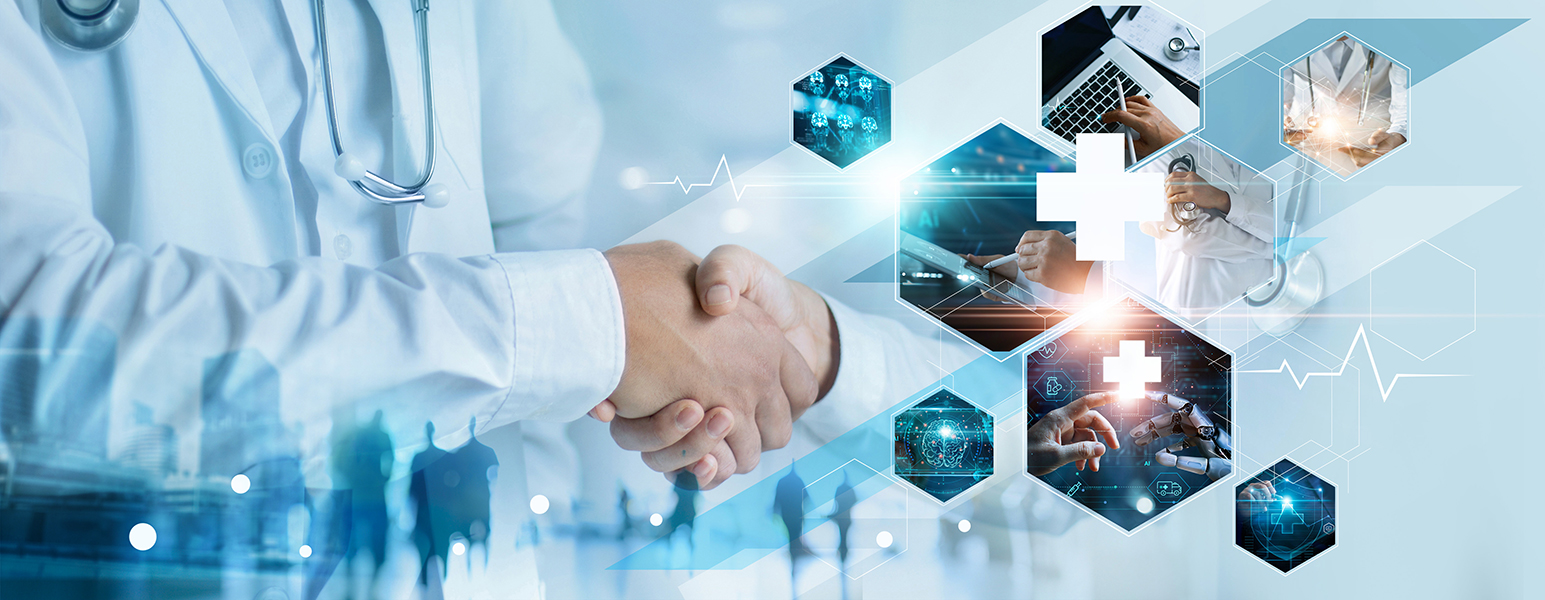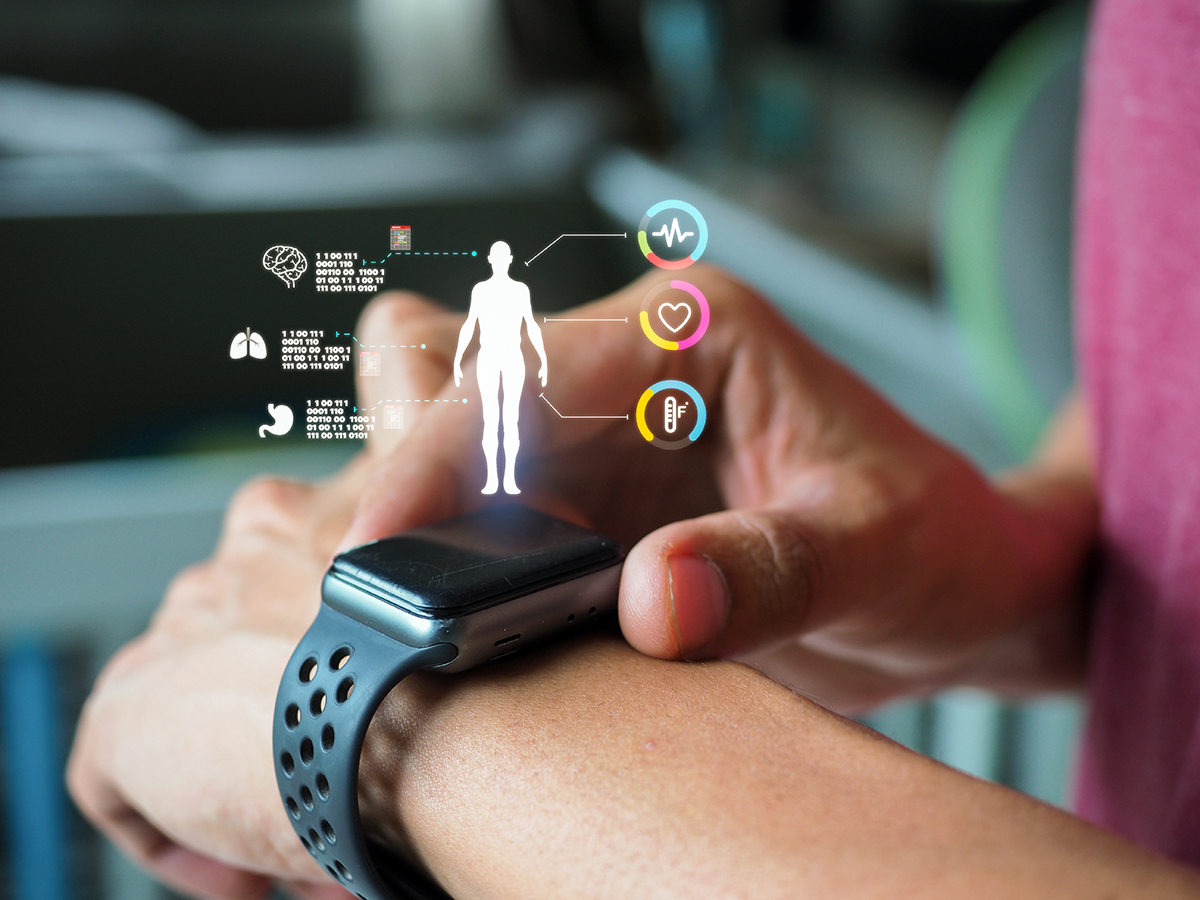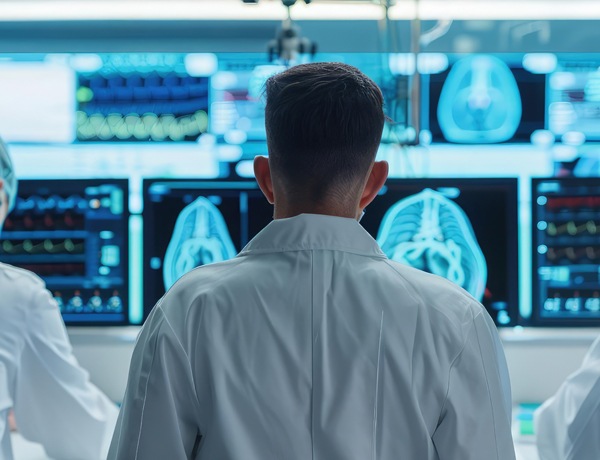
What Can Digital Twins Do for Healthcare Providers?

The healthcare industry has witnessed a remarkable transformation driven by advancements in technology. One such technology that holds immense promise is the concept of digital twins. Originally developed in the realm of engineering and manufacturing, digital twins are now establishing their presence in the healthcare industry. By creating virtual replicas of physical objects or systems, digital twins supply healthcare providers with a powerful tool to optimize patient care, enhance operational efficiencies and improve overall health outcomes.
Digital twins can help to revolutionize medicine, transforming patient diagnosis and treatment. The benefits and capabilities of digital twins for healthcare providers are numerous while real-world examples of digital twins highlight the significant impact this technology has on healthcare delivery.
Virtual Simulations for Surgical Planning
One of the key applications of digital twins in healthcare is their ability to enable virtual simulations for surgical planning. Traditional surgical planning is heavily reliant on medical imaging and the expertise of surgeons. However, the complexity of certain procedures, such as neurosurgery or cardiac surgery, demands a more precise and comprehensive approach.
- Enhanced Visualization – Digital twins provide a realistic and detailed virtual representation of the patient’s anatomy, allowing surgeons to visualize complex structures and spatial relationships before the actual procedure. This gives greater insight into a patients’ condition and allows for better surgical planning.
- Precise Preoperative Planning – By utilizing digital twins, surgeons can simulate the surgical procedure in a virtual environment, exploring different approaches and techniques. They can analyze the potential outcomes, evaluate the feasibility of different strategies, and identify potential challenges or complications. This enables precise preoperative planning, reducing the risk of errors during the actual surgery.
- Risk Reduction – Virtual simulations using digital twins help identify potential risks and complications before the surgery takes place. Surgeons can assess critical factors such as anatomical variations, patient-specific challenges, and potential conflicts with nearby structures, allowing for proactive measures to be taken to mitigate risks and enhance patient safety.
- Optimal Implant Sizing and Placement – Digital twins enable surgeons to select and accurately size implants for a specific patient’s anatomy. By virtually testing different implant options and simulating their placement, surgeons can optimize the size, position, and orientation of the implants. This ensures a better fit, reducing the risk of complications, and enhancing the long-term outcome of the surgery.
By leveraging digital twins, healthcare providers can enhance patient safety, optimize surgical approaches, and streamline surgical procedures. These factors can reduce overall surgical time, contributing to cost savings and increased operational efficiency.
Remote Patient Monitoring
Another area where digital twins are proving to be invaluable is in remote patient monitoring. With the increasing prevalence of chronic diseases and the need for continuous monitoring, digital twins offer a powerful solution. By integrating patient data from various sources such as wearable devices, electronic health records, and sensor data, healthcare providers can create a digital representation of a patient’s health status in real time.
- Personalized Care – Digital twins provide a comprehensive view of a patient’s health status by integrating data from various sources such as wearables, medical devices, electronic health records, and patient-reported information. This holistic perspective enables healthcare providers to personalize the care and treatment plans based on individual needs, optimizing patient outcomes.
- Remote Consultations and Virtual Care – Digital twins facilitate remote consultations between patients and healthcare providers. By securely sharing the digital twin’s data, healthcare professionals can assess the patient’s condition, provide guidance, and make informed decisions without requiring in-person visits. This is particularly beneficial for patients in rural areas or those with limited mobility.
- Continuous Support – Digital twins enable patients to receive continuous support and monitoring beyond traditional clinic or hospital settings. The ability to collect data remotely and analyze it in real-time allows healthcare providers to offer ongoing guidance and education, enhancing patient engagement and adherence to treatment plans.
- Data-driven Insights – Digital twins generate vast amounts of data that can be analyzed to derive valuable insights. The application of advanced analytics, machine learning, and artificial intelligence enable healthcare providers to identify patterns, trends, and predictive models for disease management and intervention strategies. A data-driven approach allows for evidence-based decision-making and enhances overall healthcare quality.
Remote patient monitoring through digital twins not only improves patient outcomes due to early detection of medical issues but also reduces the burden on healthcare facilities by minimizing hospital readmissions and emergency visits.
Facilitate Predictive Analytics for Disease Management
Predictive analytics is another area powered by digital twins that holds immense potential for disease management. By leveraging historical patient data, machine learning algorithms, and real-time sensor data, healthcare providers can create predictive models to forecast disease progression and optimize treatment plans.
- Early Detection and Prevention – Digital twins can alert healthcare providers to potential health risks at an early stage. By continuously monitoring health data, predictive analytics algorithms can detect anomalies and deviations from normal patterns, allowing for timely intervention, early diagnosis, and proactive disease prevention strategies.
- Personalized Treatment Plans – Digital twins allow for personalized disease management by tailoring treatment plans based on an individual’s unique characteristics and real-time health data. Predictive analytics algorithms can analyze historic health records, genetic information, and a patient’s previous response to treatments to predict the effectiveness of different interventions.
- Resource Optimization – Predictive analytics powered by digital twins can optimize healthcare resource allocation. By accurately predicting disease progression and identifying high-risk individuals, healthcare providers can allocate their resources more efficiently.
- Research and Development – Digital twins generate vast amounts of data that can be anonymized and aggregated to support medical research and development. Predictive analytics can analyze this data to identify population health trends and evaluate the effectiveness of different treatment strategies.
Healthcare providers can shift from reactive care to proactive and personalized care, leading to improved patient outcomes and reduced healthcare costs.
Support Medical Training and Education
Digital twins have the ability to support medical training and education. Medical professionals can utilize virtual replicas of patients or medical scenarios to enhance their skills, practice complex procedures, and gain valuable experience in a risk-free environment.
- Simulating Realistic Scenarios – Digital twins provide a platform for healthcare professionals to refine their techniques, improve decision-making, and enhance their overall competency.
- Virtual Simulation – Medical students can engage in immersive learning experiences through virtual simulations, aiding their understanding of complex medical concepts.
Digital twins are revolutionizing medical training and education by bridging the gap between theory and practice, helping to foster a more competent and skilled healthcare workforce.
Digital Twins: Real-World Examples
Real-world examples and success stories further illustrate the transformative potential of digital twins in healthcare.
- In the field of cardiology, digital twins have been used to create virtual replicas of patients’ hearts. These replicas allow cardiologists to simulate and test different treatment strategies, leading to more precise interventions and improved patient outcomes.
- The practice of oncology can also benefit from digital twins as they have been employed to create virtual models of cancer tumors, enabling oncologists to predict the evolution of cancer and identify the most effective treatment options for individual patients.
These examples demonstrate how digital twins can revolutionize healthcare delivery by optimizing treatment planning, increasing treatment efficacy, and personalizing care.
Optimizing Health Outcomes with Digital Twins
Digital twins are unlocking a new era of possibilities as uses cases of digital twins in healthcare demonstrate the importance of this critical technology. By leveraging virtual replicas of patients, digital twins enable virtual simulations for surgical planning, assist in remote patient monitoring, facilitate predictive analytics for disease management, and support medical training and education. The transformative impact of digital twins is evident in real-world examples where they have revolutionized healthcare delivery, optimizing treatment outcomes and improving patient care. As technology continues to advance, digital twins will play an increasingly significant role in shaping the future of healthcare, empowering healthcare providers to deliver more precise, personalized, and efficient care to their patients.
As an AWS Life Sciences Competency Partner, Apexon can turn ideas into a reality for healthcare providers. Apexon continually helps to increase levels of automation, accelerating productivity and efficiency. To learn more, check out Apexon’s AWS Life Sciences partnership, Digital Engineering services, Application Development services, and healthcare expertise.
Also read: Navigating Complex Healthcare Landscape: Embracing Technological Advancements




